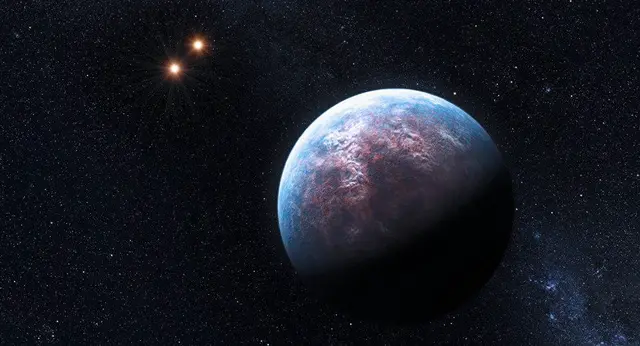The astronomers revealed that at the dawn of history, billions of years ago, life on Earth weathered a UV radiation barrage, with levels exceeding those observed on some of the potentially habitable planets out there.
Despite the fact that potentially habitable planets closest toEarth are being bombarded bydeadly UV radiation, astronomers Lisa Kaltenegger and Jack O'Malley-James ofCornell University, now postulate that life can theoretically exist even insuch inhospitable conditions.
In their paper published inMonthly Notices ofthe Royal Astronomical Society, the scientists argue that billions ofyears ago, Earth was subjected toan even more powerful UV radiation bombardment than, forexample, Proxima-b, which currently receives 250 times more X-ray radiation thanour planet.
The astronomers arrived atthis conclusion bymodelling the surface UV environments ofthe four potentially habitable exoplanets closest toEarth— Proxima-b, TRAPPIST-1e, Ross-128b and LHS-1140b – and then comparing the models toEarth’s history.
And, sincelife onEarth managed toendure those hostile conditions and evolve intowhat we can behold today, there’s no reason why lifeforms onother planets cannot do the same, they claimed.
Given that the early Earth was inhabited, we show that UV radiation should not be a limiting factor forthe habitability ofplanets orbiting M stars. Our closest neighboring worlds remain intriguing targets forthe search forlife beyondour solar system, the researchers wrote.
(SPUTNIK)
 简体中文
简体中文






